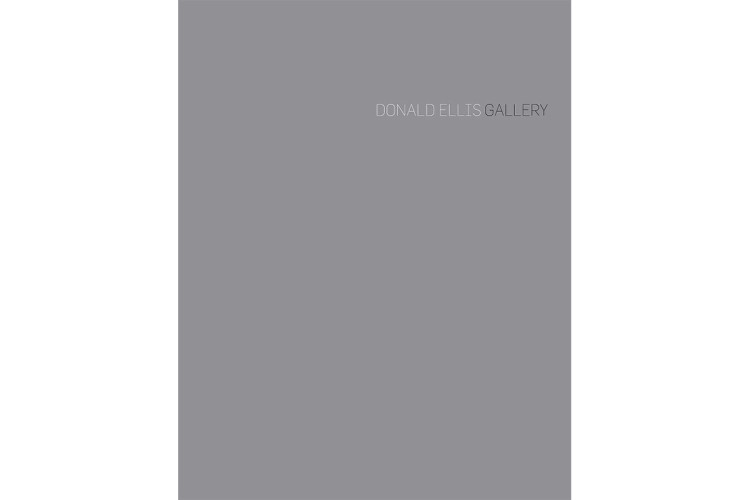
2012
$45.00 USD
late 19th century
marine mammal ivory, wood, cotton string, paint
width: 5 ½""
Inventory # E3811
Sold
Donald Ellis Gallery catalogue, 2012, pl. 22
This remarkable articulated figure was created by a Yup'ik artist as a tangible representation of a central concept of his spiritual belief system. What at first glance may appear to be a simple amusement reveals itself to be an elegant presentation of a complex idea.
A shaman journeys between the real world and the spirit world, where he performs his duties for the benefit of the people of his community. With the performance of a ceremonial dance, the performers re-enact the moment of the shaman's crossing into the spirit world. The shaman emerges from a hole in the floor that represents the portal between worlds. A dance house model collected by Frank Wood at Point Barrow, currently residing in the Heye Collection at the National Museum of the American Indian, (5/3662) shows a very similar figure emerging from a hole in the floor, surrounded by numerous dancing figures.
The hand-held device delineates a space that represents the geometry of the communal dance house. Walls and floor are defined, with a circular hole in the center of that floor. When the cord is pulled, the small figure emerges from the circular opening and his movable arms spring wide open. This is the defining moment of the shaman's journey between the real world and the spirit world.
In the absence of any testimony, or documentary evidence, it is impossible to determine whether this object was intended to be incorporated into an actual ceremony, or rather intended for use outside of a ceremonial event. It's small size, however, strongly suggests that it was designed for an intimate audience, or perhaps even a single user. It may have functioned as an instructional tool, or as a demonstration of the concept for documentary purposes.
This miniature work of art, like virtually all Yup'ik art, is essentially experience based. While its static form is aesthetically pleasing, the wonder of its true nature is revealed only when the viewer activates the work by holding it and pulling the cord. In that moment of activity, an intimate bond is created, and the true meaning behind the work is revealed. Just as an elaborate articulated Yup'ik dance mask presents its true nature as an object in motion over time, this small figure presents the viewer with an active performance, rather than a static figure whose actions are imagined by the view

$45.00 USD